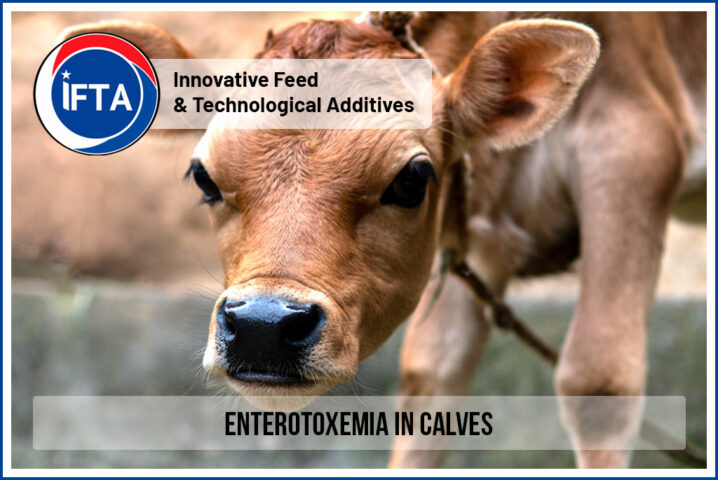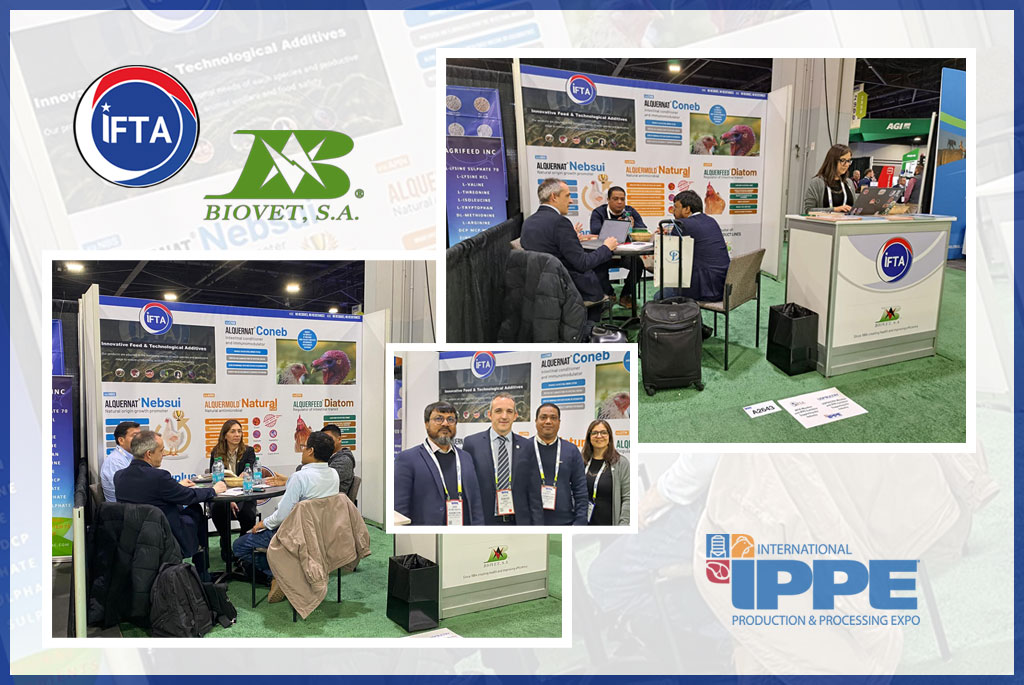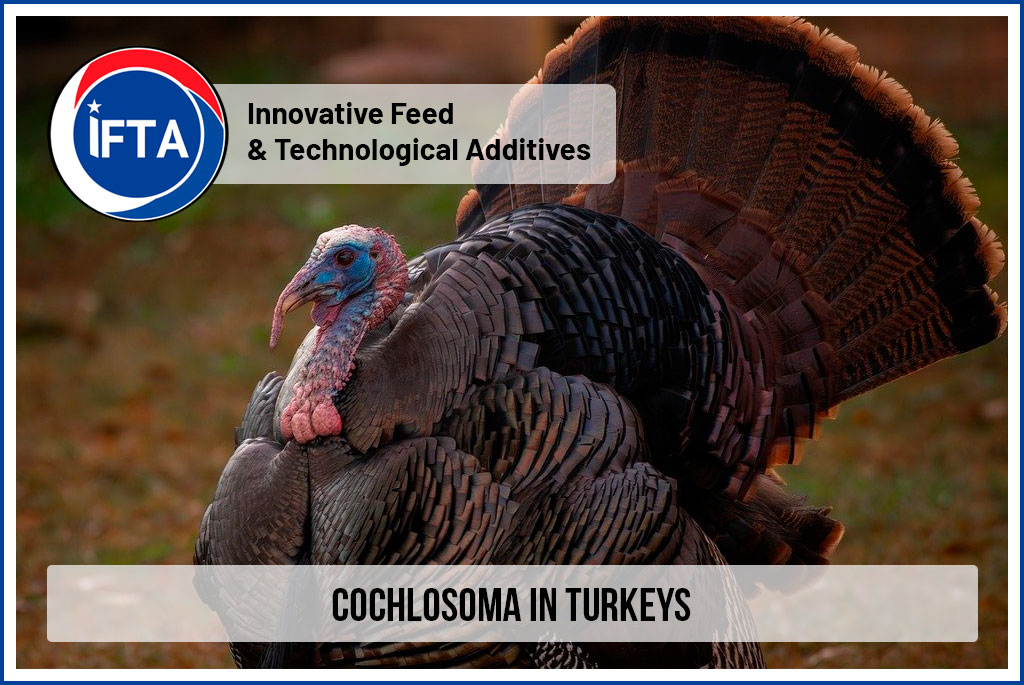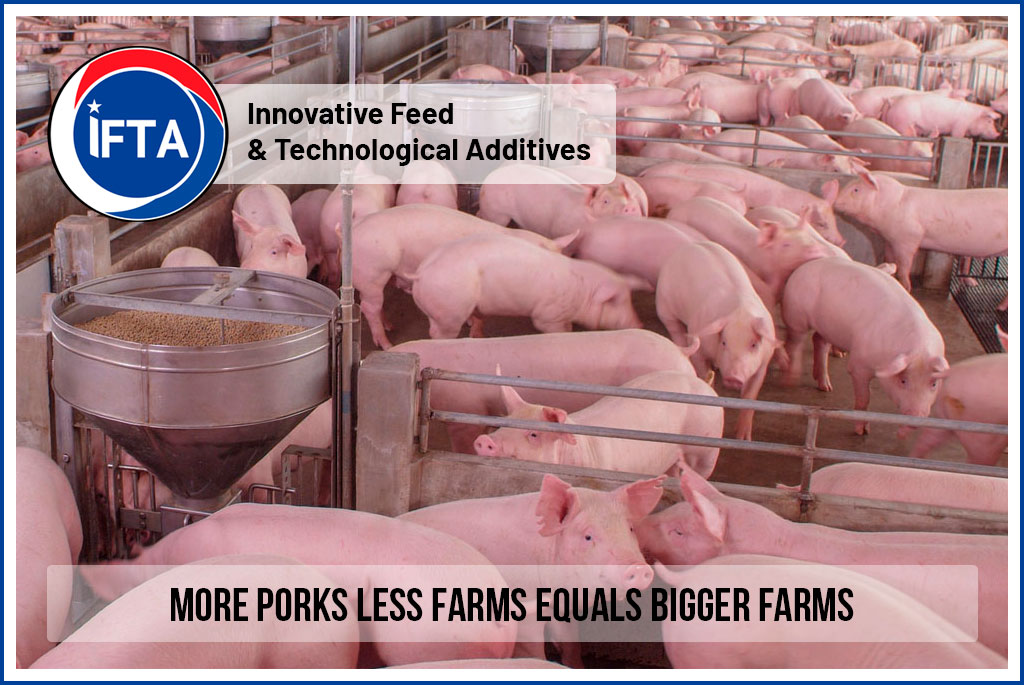
Enterotoxemia in calves represents a critical challenge for the livestock industry worldwide. This disease is a source of concern due to its economic impact and its ability to cause significant losses in livestock. Enterotoxemia, caused by the bacteria Clostridium perfringens, mainly affects calves between 1 week and 6 months of age, and is characterized by its sudden onset and rapid progression.
Transmission
Enterotoxemia in calves is transmitted mainly through the ingestion of spores of Clostridium perfringens, a bacteria found naturally in the environment and in the gastrointestinal tract of animals. Transmission of the disease can occur in several ways:
- Ingestion of spores in the environment: Clostridium perfringens spores can be found in soil, manure, water and other materials in the environment where calves are raised. When calves ingest these spores, they can colonize their gastrointestinal tract.
- Changes in Diet: Sudden changes in diet, such as weaning or the sudden introduction of solid foods, can trigger the multiplication of Clostridium perfringens in the gastrointestinal tract of calves. This multiplication can lead to the production of toxins that cause enterotoxemia.
- Stress: Stress situations, such as transportation, overcrowding or a change in environment, can weaken the immune system of calves and increase their susceptibility to disease. Stress may be a predisposing factor in the appearance of enterotoxemia.
- Inadequate immunity: Newborn calves rely heavily on the passive immunity provided by their mothers’ colostrum. If they do not receive enough quality colostrum or if the mother is not adequately vaccinated, their immunity may be insufficient to protect them against Clostridium perfringens.
Clinical signs
The clinical signs of enterotoxemia can vary, but usually include restlessness, fever, watery diarrhea, and in severe cases, sudden death. Affected calves often lie sternally and show weakness, sometimes accompanied by muscle rigidity and backward bowing of the head and neck, a symptom known as opisthotonos.
Epidemiological surveillance
Epidemiological surveillance is often carried out by veterinarians and health authorities to monitor the incidence of enterotoxemia and detect outbreaks. This involves collecting and analyzing data on cases of the disease, allowing for a rapid and effective response when problems are detected.
Diagnosis
Accurate diagnosis of enterotoxemia in calves is essential for its proper management and treatment. Initially, it is based on a combination of factors including medical history and clinical signs observed by the veterinarian. However, definitive confirmation is achieved through laboratory tests and necropsy.
Laboratory tests include the identification of toxins produced by Clostridium perfringens in the intestinal contents of the affected calf. This can be achieved through bacterial culture techniques and PCR tests to detect genetic material from the bacteria. Identification of toxins and the presence of bacteria in the intestine are crucial tests to confirm the diagnosis.
In addition to laboratory tests, post-mortem necropsy plays an important role in confirming enterotoxemia. During a necropsy, internal organs, especially the intestine, are examined for lesions characteristic of the disease, such as inflammation and hemorrhage.
Prevention: A Fundamental Pillar
Prevention of enterotoxemia is essential to reduce morbidity and mortality in livestock and is a fundamental pillar in the management of the disease. Considering the way this pathology is transmitted; prevention strategies are multiple and varied:
- Vaccination: vaccination with Clostridium perfringens toxoids is a key measure to prevent the disease. An appropriate vaccination schedule should be followed, and dams can be vaccinated during gestation to provide passive immunity to calves through colostrum. Early vaccination of calves further strengthens their immunity.
- Nutritional management: avoiding sudden changes in diet and providing a balanced and adequate diet is important to prevent digestive stress that can predispose to enterotoxemia. Calves must be fed quality milk and, when weaning is carried out, it must be done gradually.
A very useful tool is the cimenol ring, whose antimicrobial properties become evident when added to the food. This active ingredient of botanical origin allows a balance of the intestinal flora and is active against Clostridium perfringens, specifically this allows us to directly attack the causal agent of enterotoxemia and prevent the formation of spores and the spread of the disease. - Hygiene and sanitation: maintaining a clean and disinfected environment in breeding facilities is essential. This reduces the bacterial load and reduces the risk of infection.
- Quarantine and movement control: when acquiring new calves, it is important to implement a quarantine period to avoid the introduction of infected animals. In addition, it is essential to control movements and avoid contact with potential sources of infection.
- Constant monitoring: regular observation of calves to detect early signs of disease is crucial to start treatment on time. Staff should be trained to recognize symptoms and act immediately.
- Stress management: stress can increase the predisposition to enterotoxemia. Therefore, stress on calves should be minimized by providing a calm environment and avoiding stressful situations such as overcrowding and excessive transportation.
Conclusions
Enterotoxemia in calves is a serious disease, caused by Clostridium perfringens, that requires appropriate attention and preventive measures. It is essential to consider the form of contagion to take effective preventive measures such as a combination of vaccination, nutritional management, environmental hygiene and active surveillance and thus help reduce the incidence of this disease and improve the health and productivity of livestock.
An effective tool to control the proliferation of Clostidium perfringens and prevent the spread of resistant spores is the cimenol ring, an active ingredient of botanical origin with high antimicrobial capacity.



